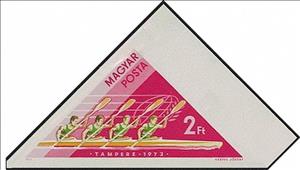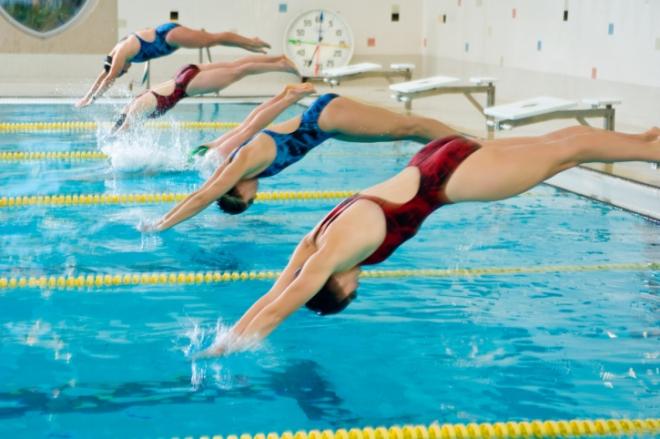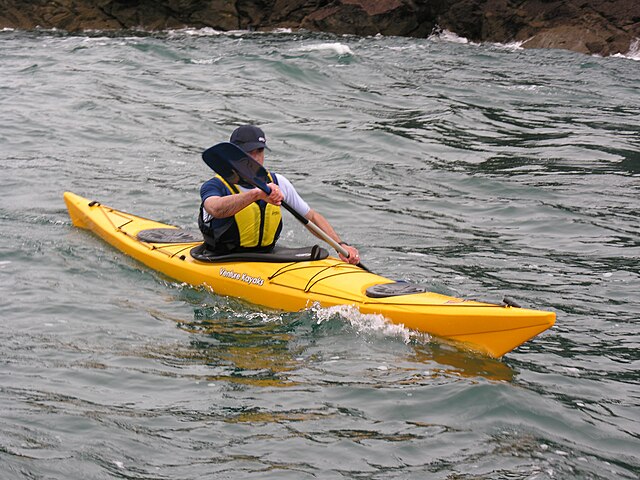Stamp: Men's fours kayak (Hungary 1973)
Men's fours kayak (Hungary 1973)
29 December (Hungary ) within release Hungarian Victories in Water Sports at Tampere and Belgrade goes into circulation Stamp Men's fours kayak face value 2 Hungarian forint
| Stamp Men's fours kayak in catalogues | |
|---|---|
| Michel: | Mi: HU 2923B |
| Philatelia Hungarica Catalog: | PHu: HU 2933V |
Stamp is horizontal format.
Csaba Giczi, Tibor Nagy, Csongor Vargha and Géza Kralován, world champions at 10000 m in Tampere (1973)Also in the issue Hungarian Victories in Water Sports at Tampere and Belgrade:
- Stamp - Women's Double Kayak face value 40;
- Stamp - Water Polo face value 60;
- Stamp - Men's Single Kayak face value 80;
- Stamp - Butterfly stroke face value 1.20;
- Stamp - Men's fours kayak face value 2;
- Stamp - Men's single canoe face value 4;
- Stamp - Men's double canoe face value 6;
- Stamp - Butterfly stroke face value 1.20;
- Stamp - Men's double canoe face value 6;
- Tete-Beche - Men's fours kayak face value 2*2;
- Stamp - Men's fours kayak face value 2;
- Tete-Beche - Men's single canoe face value 2*4;
- Stamp - Men's single canoe face value 4;
- Stamp - Men's Single Kayak face value 80;
- Stamp - Water Polo face value 60;
- Tete-Beche - Women's Double Kayak face value 40;
Stamp Men's fours kayak it reflects the thematic directions:
Water sports or aquatic sports are sports activities conducted on waterbodies and can be categorized according to the degree of immersion by the participants.
Kayaking is the use of a kayak for moving over water. It is distinguished from canoeing by the sitting position of the paddler and the number of blades on the paddle. A kayak is a low-to-the-water, canoe-like boat in which the paddler sits facing forward, legs in front, using a double-bladed paddle to pull front-to-back on one side and then the other in rotation Most kayaks have closed decks, although sit-on-top and inflatable kayaks are growing in popularity as wellSport is a form of physical activity or game. Often competitive and organized, sports use, maintain, or improve physical ability and skills. They also provide enjoyment to participants and, in some cases, entertainment to spectators. Many sports exist, with different participant numbers, some are done by a single person with others being done by hundreds. Most sports take place either in teams or competing as individuals. Some sports allow a "tie" or "draw", in which there is no single winner; others provide tie-breaking methods to ensure one winner. A number of contests may be arranged in a tournament format, producing a champion. Many sports leagues make an annual champion by arranging games in a regular sports season, followed in some cases by playoffs.
The Kionga Triangle (German: Kionga-Dreieck, Portuguese: Triângulo de Quionga) was a small region of German East Africa situated at the mouth of the Ruvuma River. The Ruvuma served as the border between the German colony and Portuguese Mozambique, and the Kionga Triangle was the only section of German East Africa south of the river. Its principal settlement was Kionga (now Quionga ) which had a population of 4,000 in 1910. It became a German possession in 1894 but came under Portuguese control in April 1916 during World War I. The post-war Treaty of Versailles reaffirmed that the river was the border between Tanganyika, then under British control, and Portuguese Mozambique. The triangle was the only territory that the treaty awarded to Portugal.



